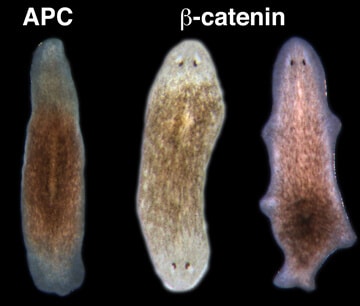2007
Journal Publication
Science
ß-Catenin Defines Head Versus Tail Identity During Planarian Regeneration and Homeostasis
Gurley KA, Rink JC, Sánchez Alvarado A
Following amputation, freshwater planarians properly regenerate a head or tail from the resulting anterior or posterior wound. The mechanisms that differentiate anterior from posterior and direct the replacement of the appropriate missing body parts are unknown. Here we report that RNA interference (RNAi) of ß-catenin or dishevelled causes the inappropriate regeneration of a head instead of a tail at posterior amputations. Conversely, RNAi of the ß-catenin antagonist adenomatous polyposis coli (APC) results in the regeneration of a tail at anterior wounds. In addition, the silencing of ß-catenin is sufficient to transform the tail of uncut adult animals into a head. We suggest that ß-catenin functions as a molecular switch to specify and maintain anteroposterior (A/P) identity during regeneration and homeostasis in planarians.
Address reprint requests to: Alejandro Sánchez Alvarado



